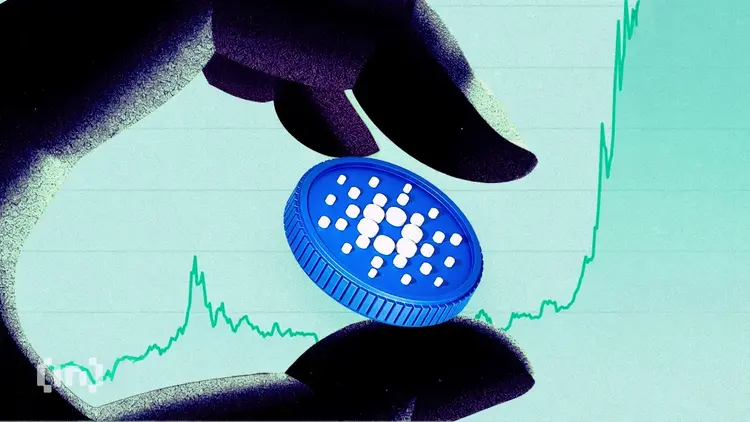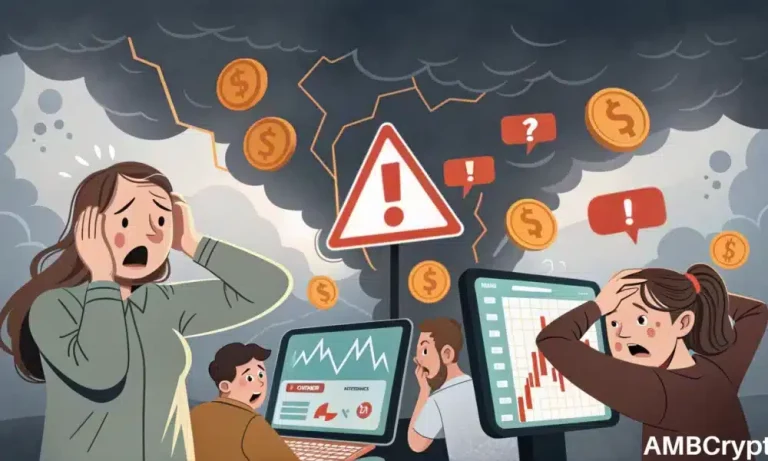
The Evolution of E-commerce by 2025: Trends and Innovations
The Evolution of E-commerce by 2025 is an exciting topic, and for good reason. The e-commerce industry is rapidly evolving, with new trends and innovations emerging every year. By 2025, we can expect significant changes in the way we shop online. In this article, we will explore the current state of e-commerce, the trends that are shaping the industry, and what we can expect in the future.
Current State of E-commerce

E-commerce has come a long way since its inception. Today, online shopping is a norm, and millions of people around the world shop online every day. The global e-commerce market is projected to reach $6.5 trillion by 2023, with a growth rate of 21.5% per year. The rise of mobile devices, social media, and digital payment systems has made it easier for people to shop online.
The current state of e-commerce is characterized by the dominance of a few large players, such as Amazon, Walmart, and eBay. However, there is still room for small and medium-sized businesses to thrive in the e-commerce space. The key to success is to identify a niche market, offer unique products or services, and provide an exceptional customer experience.
Trends Shaping the E-commerce Industry

There are several trends that are shaping the e-commerce industry. Some of the most significant trends include:
- Artificial Intelligence (AI): AI is being used to personalize the shopping experience, improve customer service, and optimize supply chain management.
- Virtual and Augmented Reality (VR/AR): VR/AR is being used to create immersive shopping experiences, allow customers to try out products virtually, and enhance product demonstrations.
- Social Commerce: Social media platforms are becoming increasingly important for e-commerce, with many customers discovering and purchasing products through social media.
- Sustainability: Consumers are becoming more environmentally conscious, and e-commerce companies are responding by offering sustainable products, reducing packaging waste, and using eco-friendly shipping methods.
- Mobile Payments: Mobile payments are becoming increasingly popular, with many customers using their smartphones to make payments online and in-store.
What to Expect by 2025

By 2025, we can expect significant changes in the e-commerce industry. Some of the trends that are likely to shape the industry include:
- Increased Use of AI and Machine Learning: AI and machine learning will become even more prevalent in e-commerce, with companies using these technologies to personalize the shopping experience, improve customer service, and optimize supply chain management.
- Greater Adoption of VR/AR: VR/AR will become more mainstream, with many companies using these technologies to create immersive shopping experiences and enhance product demonstrations.
- Growing Importance of Social Commerce: Social media will become even more important for e-commerce, with many customers discovering and purchasing products through social media.
- More Focus on Sustainability: Consumers will become even more environmentally conscious, and e-commerce companies will need to respond by offering sustainable products, reducing packaging waste, and using eco-friendly shipping methods.
- Increased Use of Mobile Payments: Mobile payments will become even more popular, with many customers using their smartphones to make payments online and in-store.
Conclusion

The Evolution of E-commerce by 2025 is an exciting topic, and for good reason. The e-commerce industry is rapidly evolving, with new trends and innovations emerging every year. By 2025, we can expect significant changes in the way we shop online. Companies that are able to adapt to these changes and stay ahead of the curve will be well-positioned for success in the years to come.






2 thoughts on “The Evolution of E-commerce by 2025: Trends and Innovations”
Comments are closed.